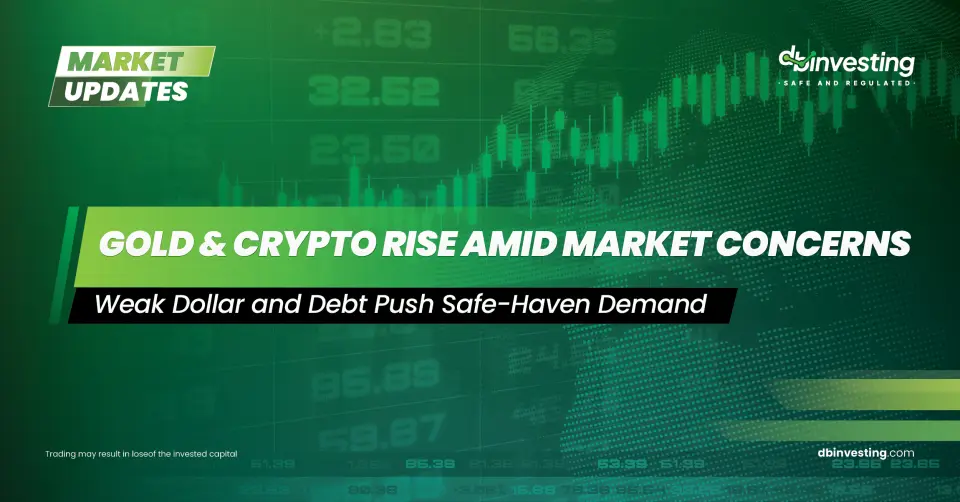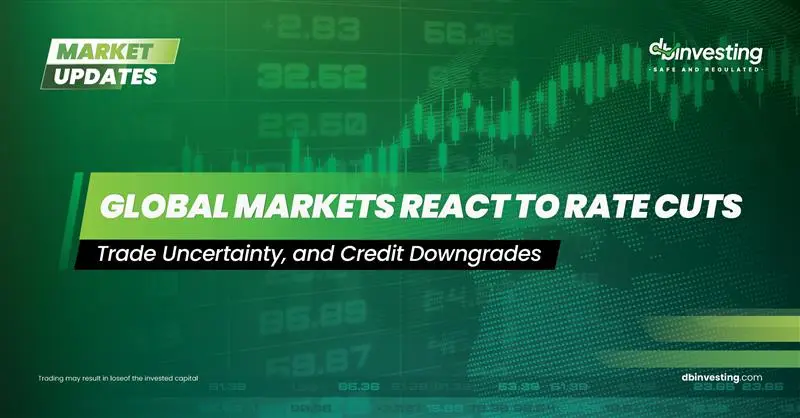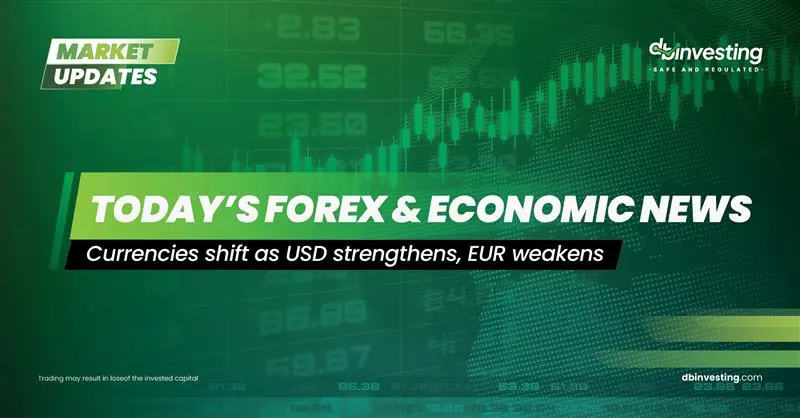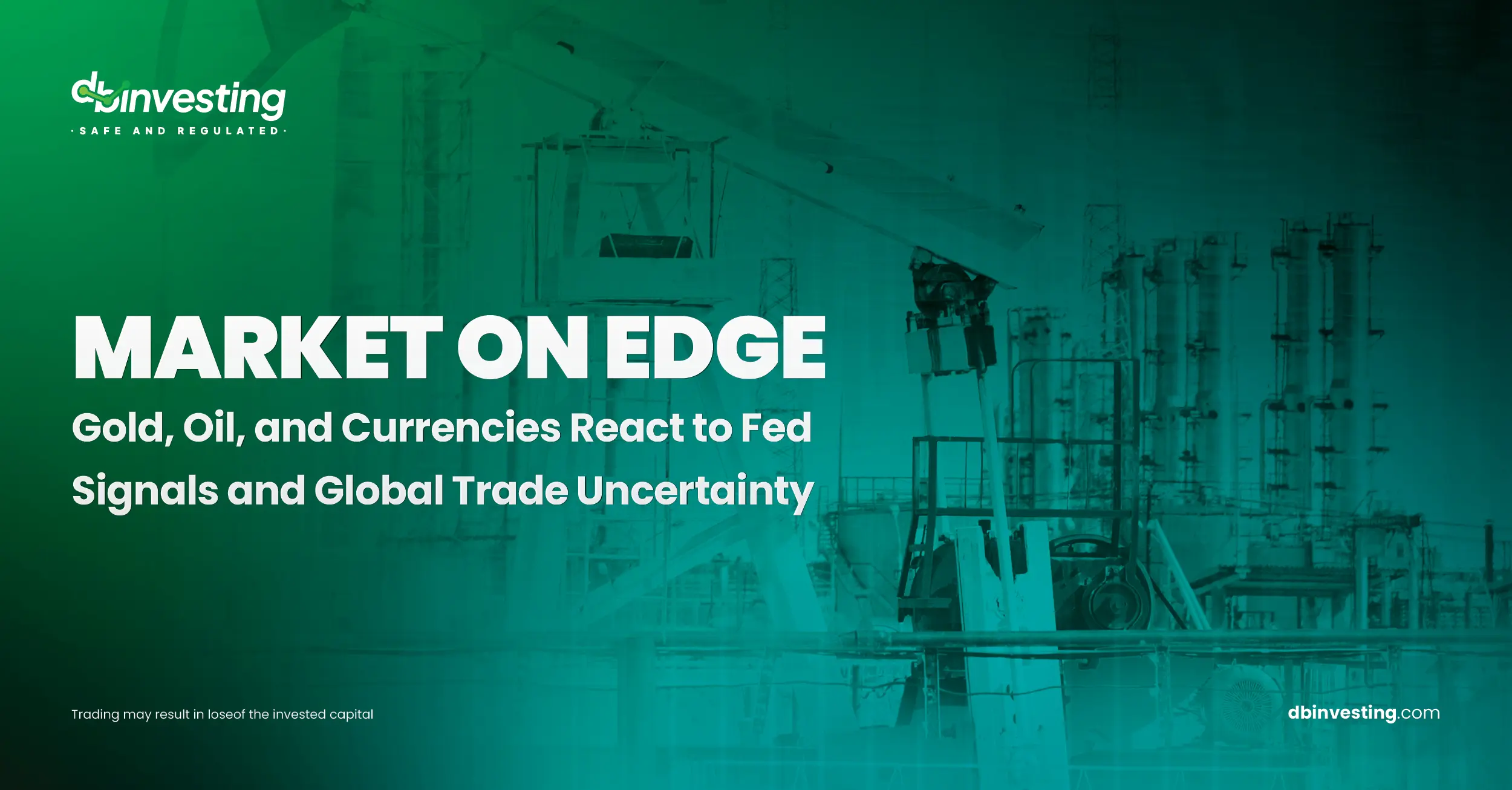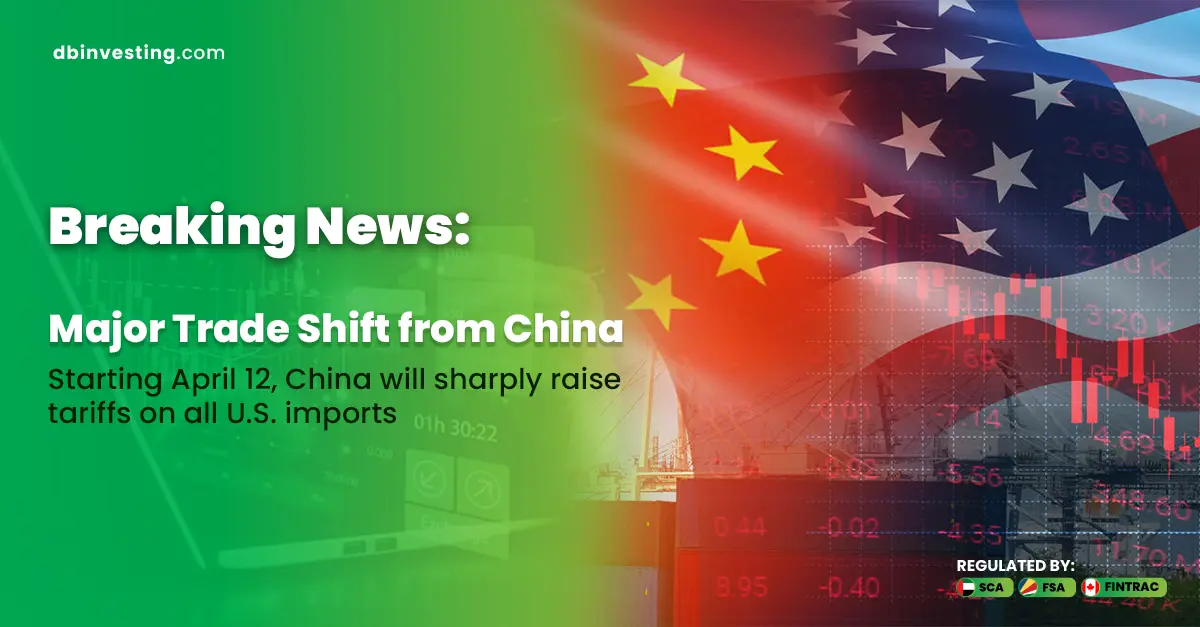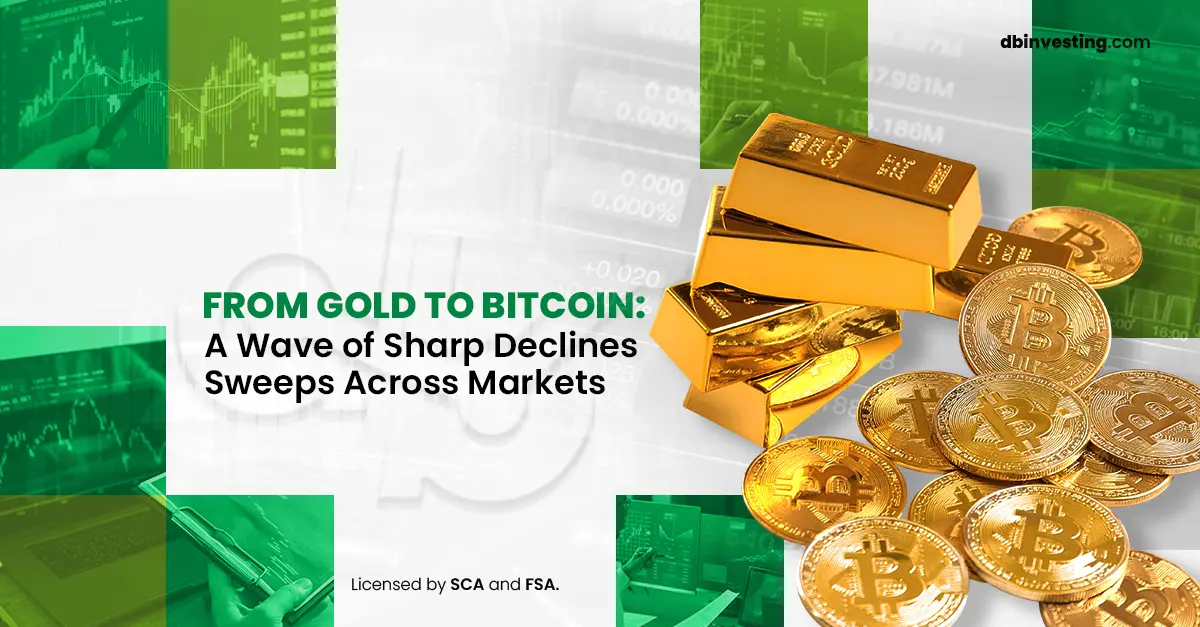The gold market has once again made headlines, reaching a new record high amid global economic uncertainty. On January 30, gold prices surged to an all-time high of $2,800 per ounce, driven by strong demand for safe-haven assets and speculation over future Federal Reserve policies.
Why Did Gold Prices Surge?
Several factors contributed to gold’s latest rally:
🔹 Market Volatility & Economic Uncertainty
Global investors are turning to gold as a hedge against inflation and economic instability. With concerns over potential U.S. tariffs and geopolitical risks, gold remains a preferred asset for stability.
🔹 Federal Reserve & Interest Rate Speculation
Expectations surrounding the Federal Reserve’s next move on interest rates are influencing investor sentiment. Lower rates tend to boost gold prices, as they make non-yielding assets like gold more attractive.
🔹 Central Bank Buying & Strong Demand
Emerging market central banks continue to increase their gold reserves, further driving up prices. The long-term outlook remains bullish, with analysts predicting that gold could reach $2,850 per ounce by the end of 2.
Conclusion
Gold’s record-breaking surge to $2,800 per ounce highlights its resilience as a safe-haven asset amid global economic uncertainty. With inflation concerns, central bank buying, and speculation over Federal Reserve policies fueling the rally, investors are closely watching the market for future movements.
For traders, this presents both opportunities and risks. While gold remains a strong hedge against volatility, price fluctuations require strategic investment planning. At DB Investing, we provide expert insights and innovative trading solutions to help you make informed financial decisions.
Stay ahead of market trends—follow DB Investing for the latest financial updates!

